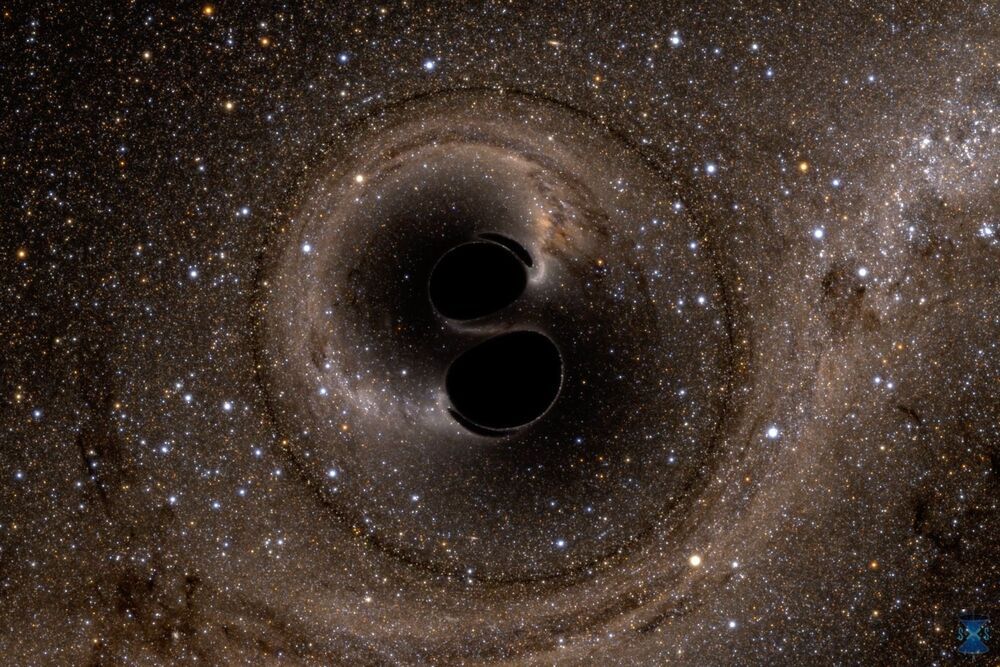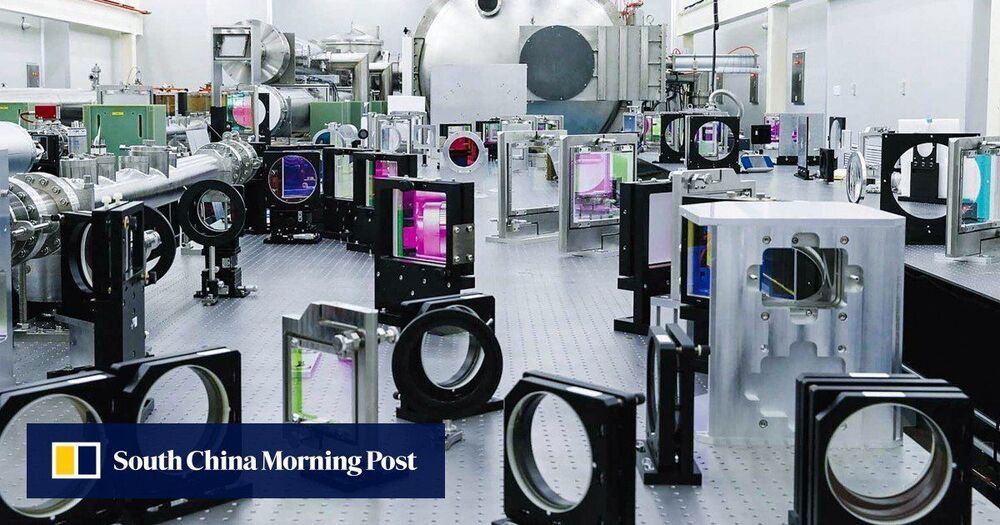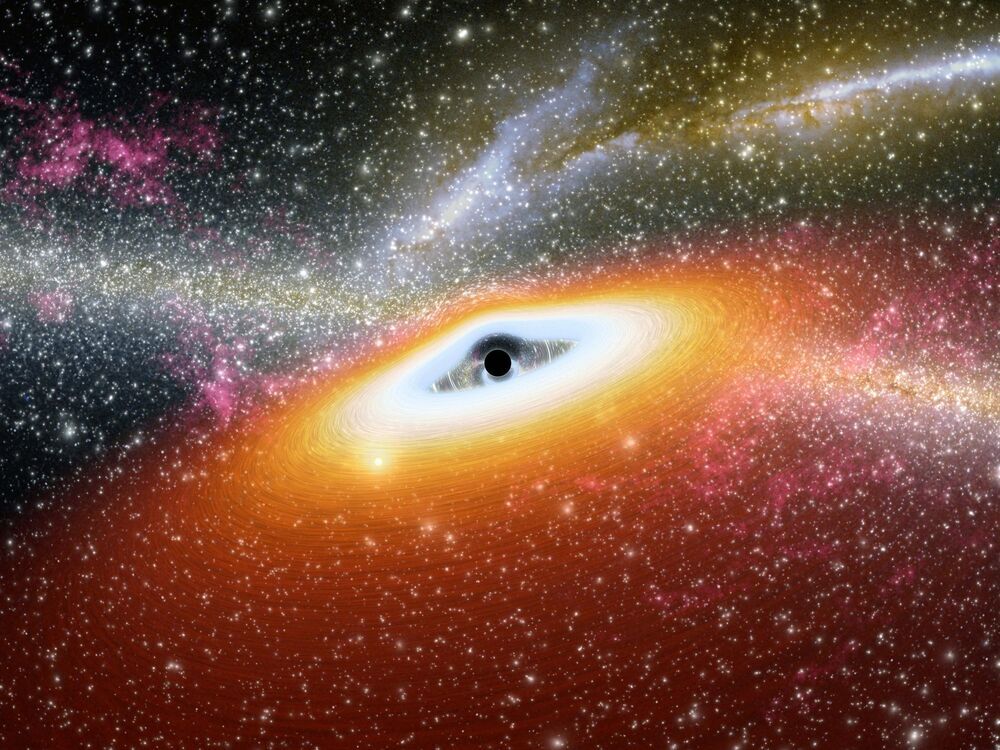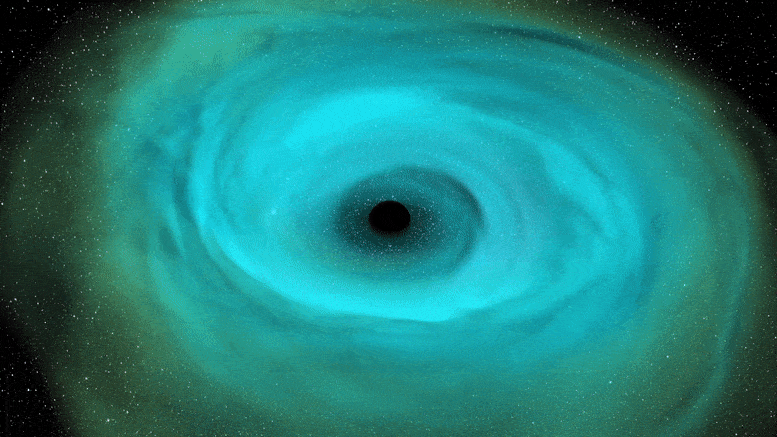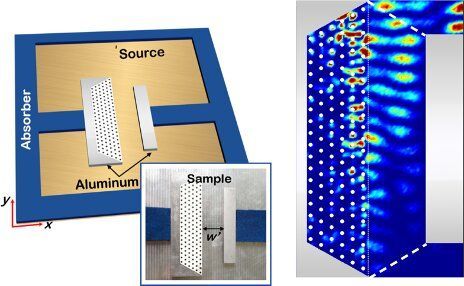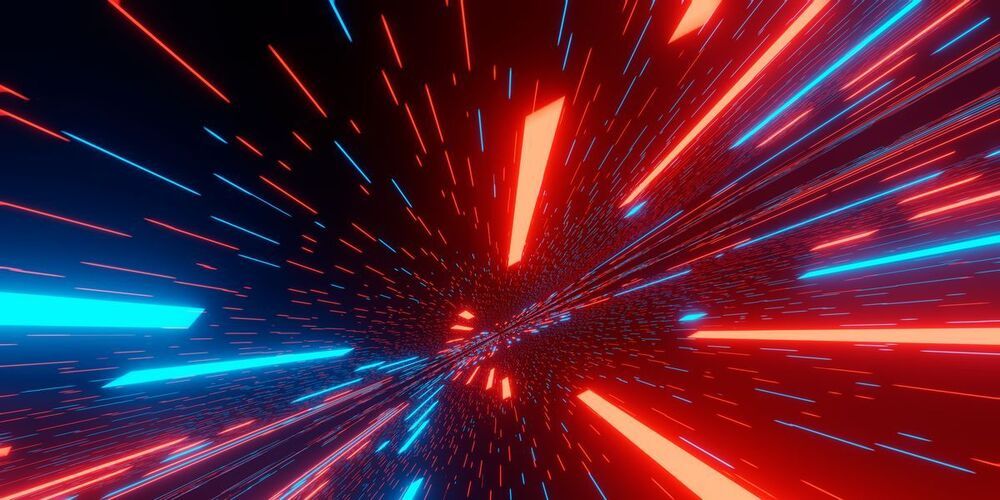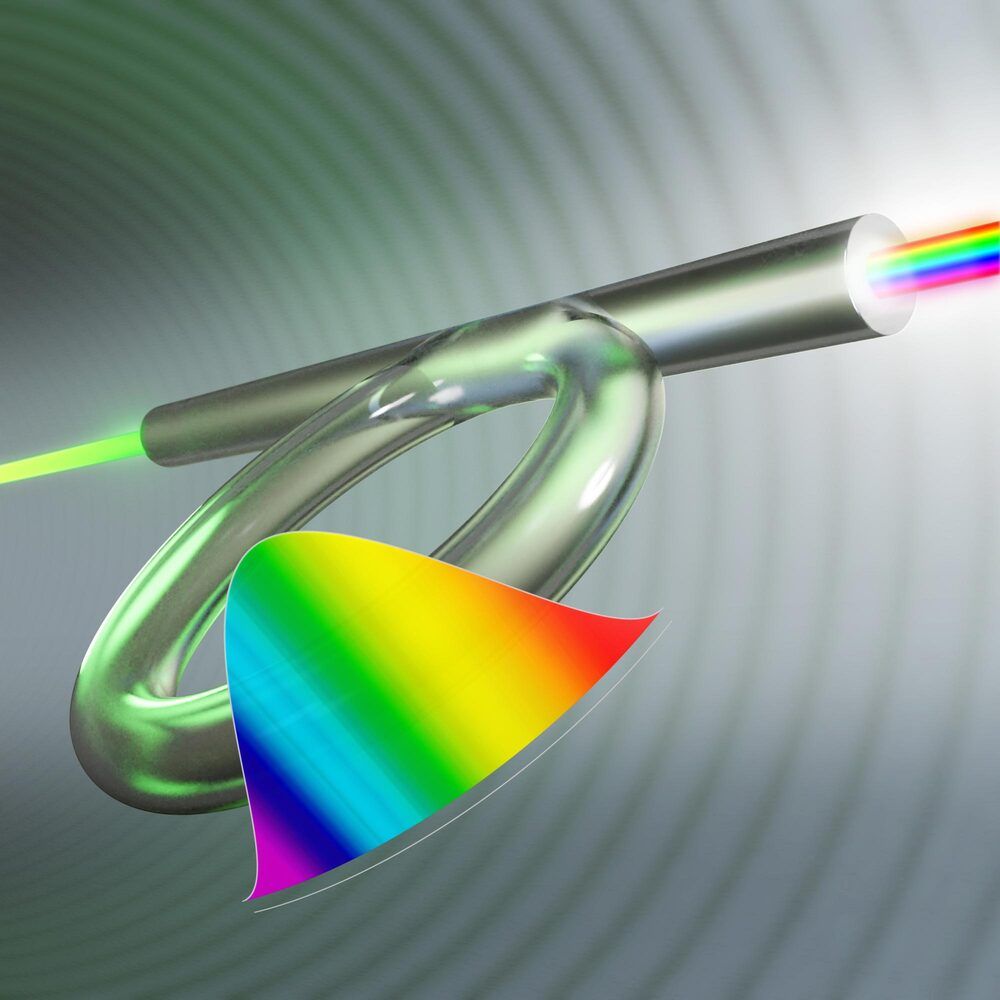Year after year, the explosive growth of computing power relies on manufacturers’ ability to fit more and more components into the same amount of space on a silicon chip. That progress, however, is now approaching the limits of the laws of physics, and new materials are being explored as potential replacements for the silicon semiconductors long at the heart of the computer industry.
New materials may also enable entirely new paradigms for individual chip components and their overall design. One long-promised advance is the ferroelectric field-effect transistor, or FE-FET. Such devices could switch states rapidly enough to perform computation, but also be able to hold those states without being powered, enabling them to function as long-term memory storage. Serving double duty as both RAM and ROM, FE-FET devices would make chips more space efficient and powerful.
The hurdle for making practical FE-FET devices has always been in manufacturing; the materials that best exhibit the necessary ferroelectric effect aren’t compatible with techniques for mass-producing silicon components due the high temperature requirements of the ferroelectric materials.

